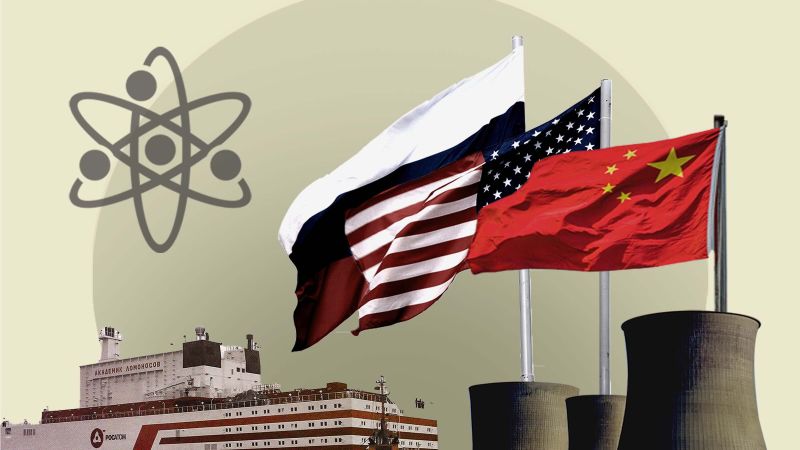- cross-posted to:
- worldnews@lemmit.online
- cross-posted to:
- worldnews@lemmit.online
Off the Siberian coast, not far from Alaska, a Russian ship has been docked at port for four years. The Akademik Lomonosov, the world’s first floating nuclear power plant, sends energy to around 200,000 people on land using next-wave nuclear technology: small modular reactors.
This technology is also being used below sea level. Dozens of US submarines lurking in the depths of the world’s oceans are propelled by SMRs, as the compact reactors are known.
SMRs — which are smaller and less costly to build than traditional, large-scale reactors — are fast becoming the next great hope for a nuclear renaissance as the world scrambles to cut fossil fuels. And the US, Russia and China are battling for dominance to build and sell them.



This is only partially true, France for example has standardized its reactors in the past, with a lot of success, and is planning to do it again for the new projects which are planned in the 2030s. Now it was done in the past with little care for local populations and so on, so we’ll see how it goes. What is true though is that standardization also makes sense when there is a repetitive market foreseen. New nuclear project tend to be announced in small numbers, due to the difficulty of investing so much capital at a time, which makes standardization difficult. Smaller reactors may help, but I remain sceptical with the tech.